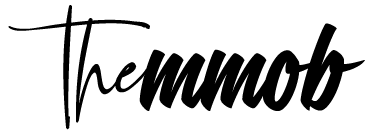Music is one of the oldest forms of art. While primarily used for relaxation and entertainment in the past, music is one of the most lucrative businesses to venture into these days. Although this meant learning to play specific musical instruments and voice control when singing in the past, investing in the music sector can also be in the form of songwriting. You might have all the lyrics in place, but putting them together to form a coherent and harmonious composition is not easy.

To this end, it is prudent to combine piano, guitar, ukulele or professional violin lessons by a Lehi-based instructor with songwriting classes. One section your songwriting classes will center on is the writing of the chorus. This should be the most memorable part of your song but is unfortunately not easy to come up with. To this end, instructors use several music theories to ease the writing of a chorus.
Here are the theories that might apply when writing your song’s chorus:
The Motif Theory
You can ease the writing of your chorus by simplifying the ideas you have into a motif or two. In music theory, the motif denotes a short musical idea used for building phrases, riffs, grooves, and melodies. It is quite short and straightforward and can be stacked to create a long chorus. Blues are the most common songs that use motifs. The motifs generate interest and keep songs from feeling monotonous while maintaining their strong hook.
The Sequence Theory
In music, a sequence refers to a musical idea that will be repeated and transposed to make a pattern. There are two types of sequence, including a harmonic and motivic sequence. The motivic sequence comprises a repeated motif with specific interval patterns. The harmonic sequence includes a set of chords following a particular interval pattern.
Anticipation and expectation are what all exceptional choruses aim to harness. By using the sequence theory, you can build things up during and before the chorus to draw your listeners’ ears to the hook.
The Form and Repetition Theory
After building a strong motif set or using sequences, the way you will use repetition and form in your chorus will make a difference between an exceptional and monotonous chorus. You should first make the chorus the focal point of your song and pick a song form that will see the chorus continually repeated. Repetition makes your chorus memorable provided there are not too many song sections that make it disappear.
The Chord Progression Theory

The notes in your chord are always the strongest and form a reliable starting point when writing your chorus. The hook can either pull a note or two from the chords under it or outline all the notes in a chord. By using the melodies to boost the primary notes in the chord progression, you will create a strong and cohesive composition that makes the chorus stand out.
Making the above theories work for your chorus is no mean feat. It requires some guidance from a music expert to understand them and use them to write exceptional songs. When handled by the best possible instructor, songwriting will be a fun venture that churns outstanding songs.

